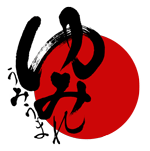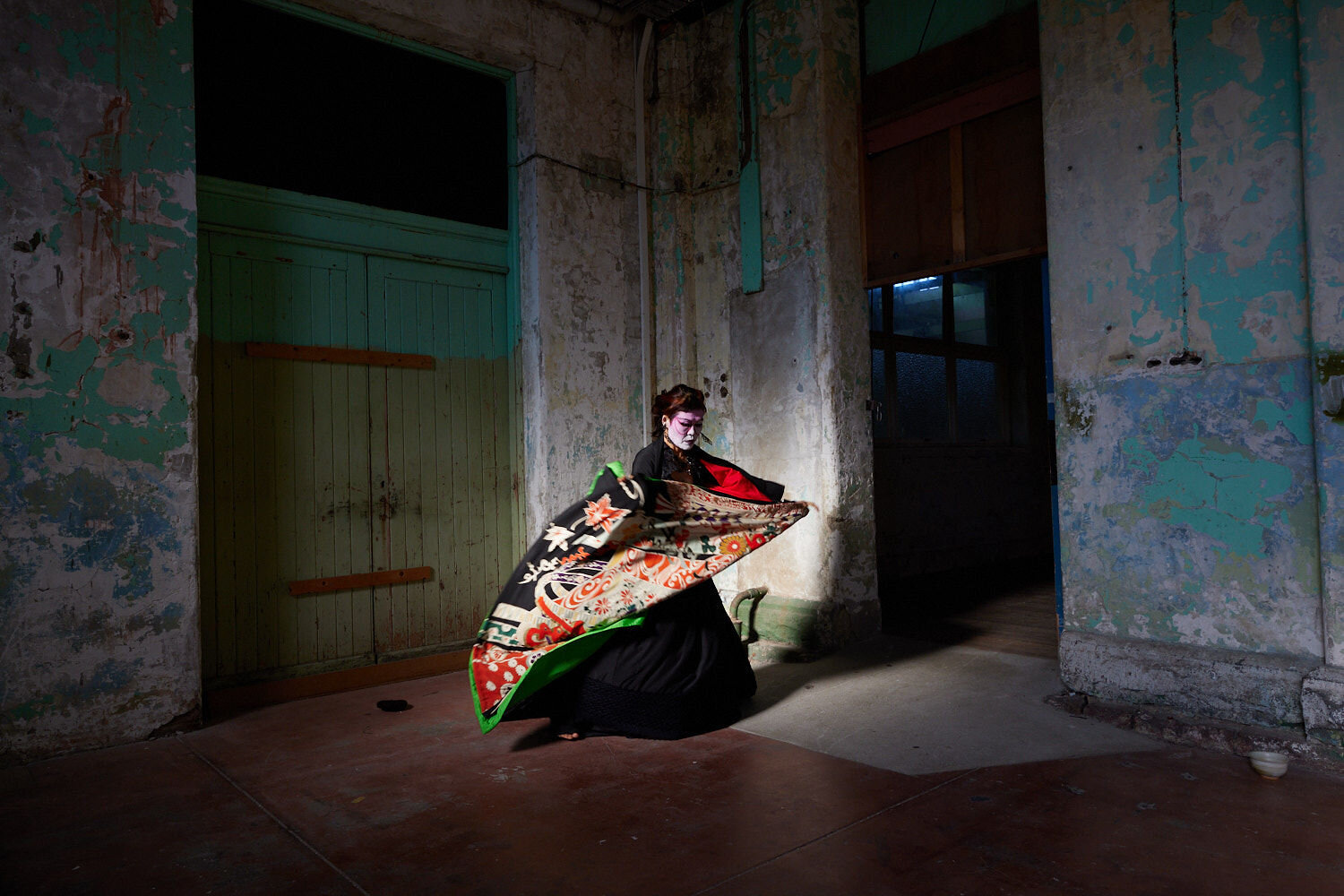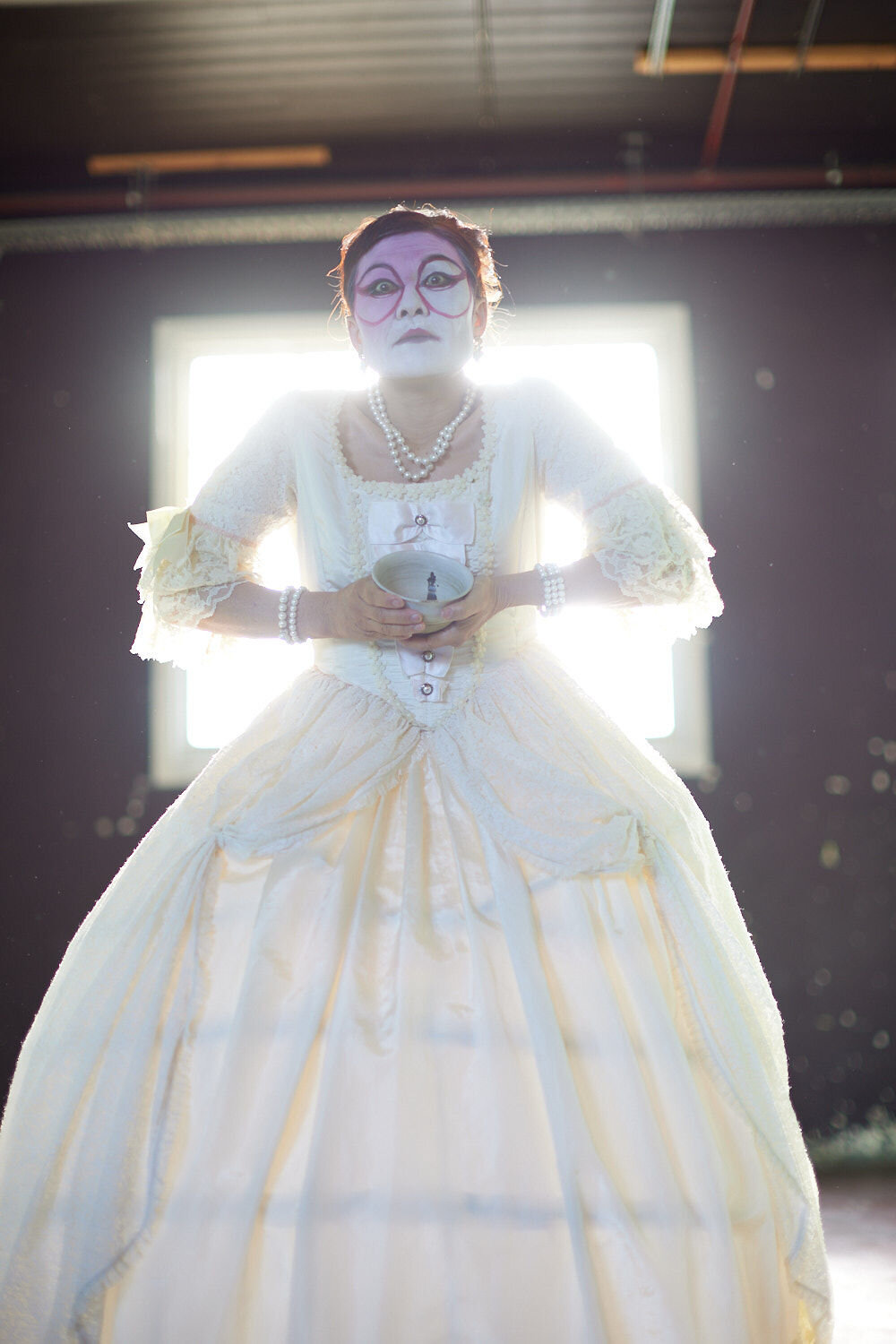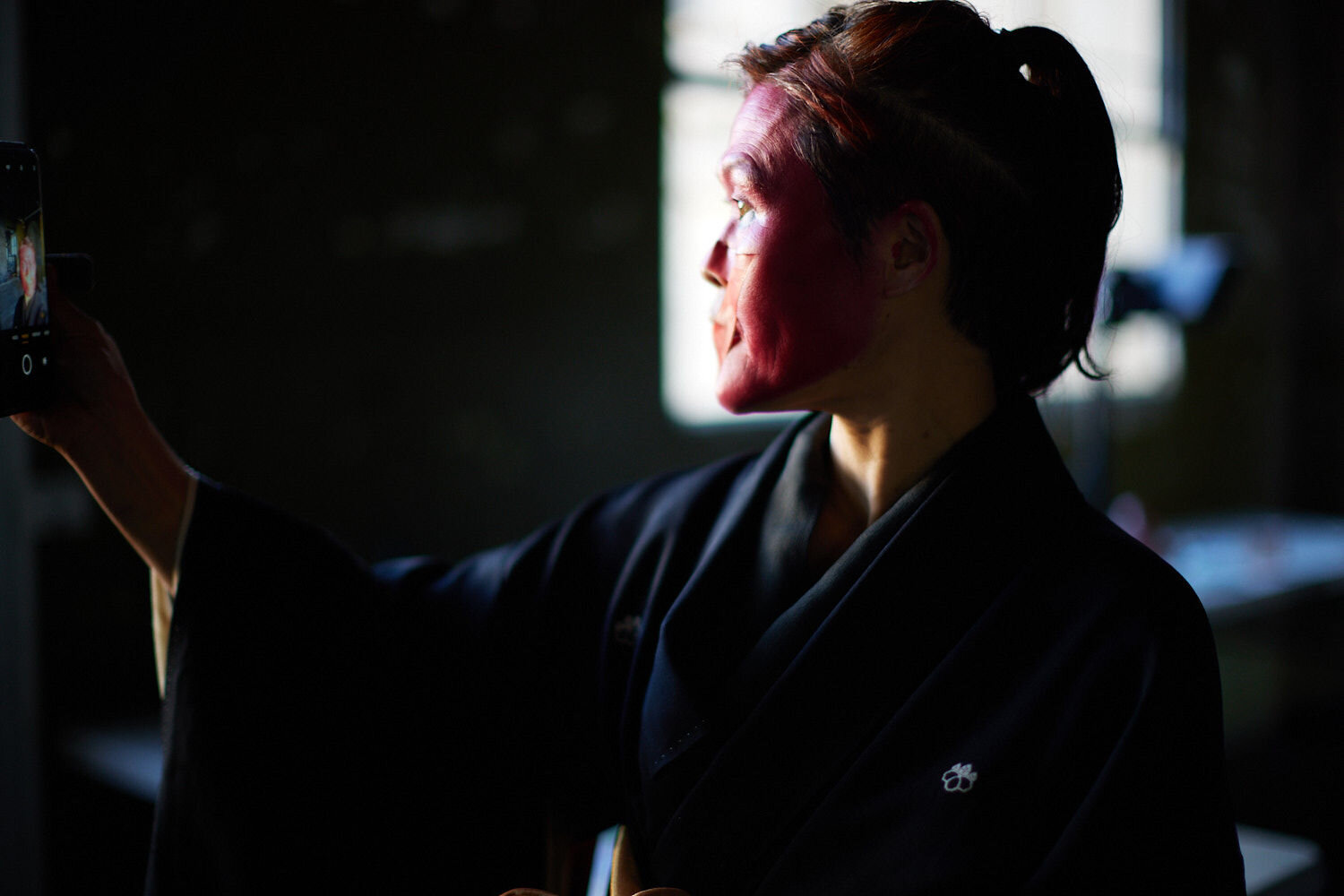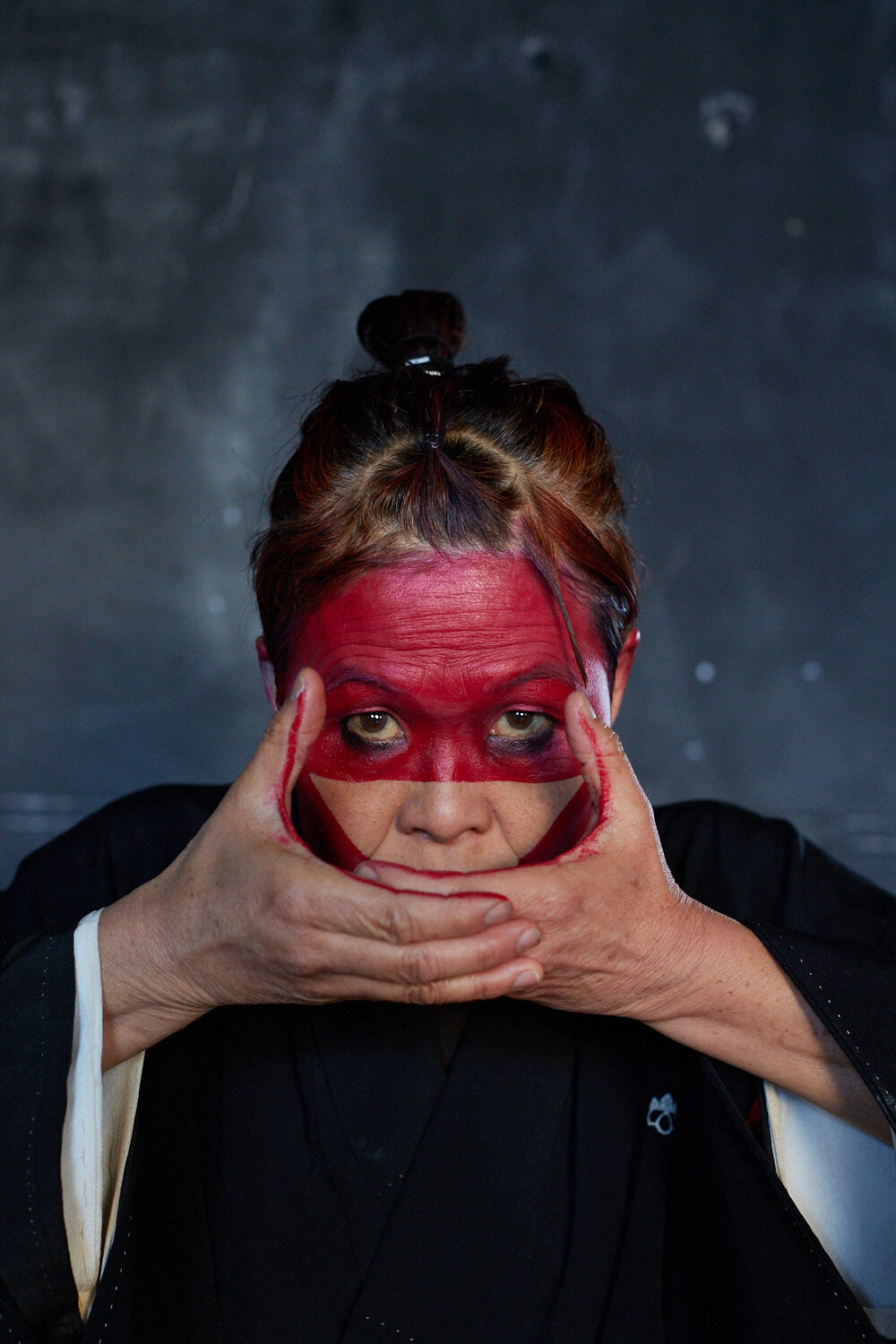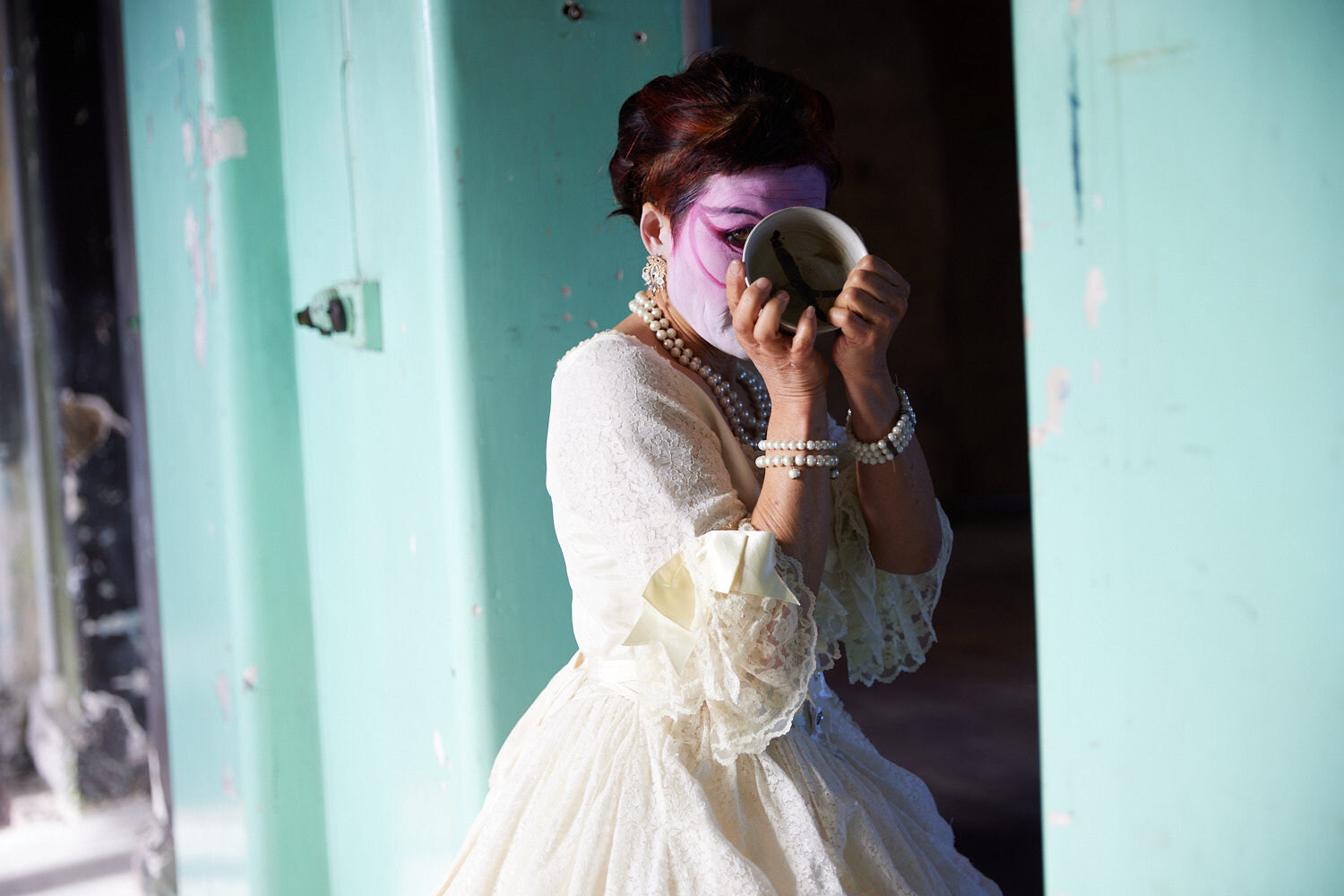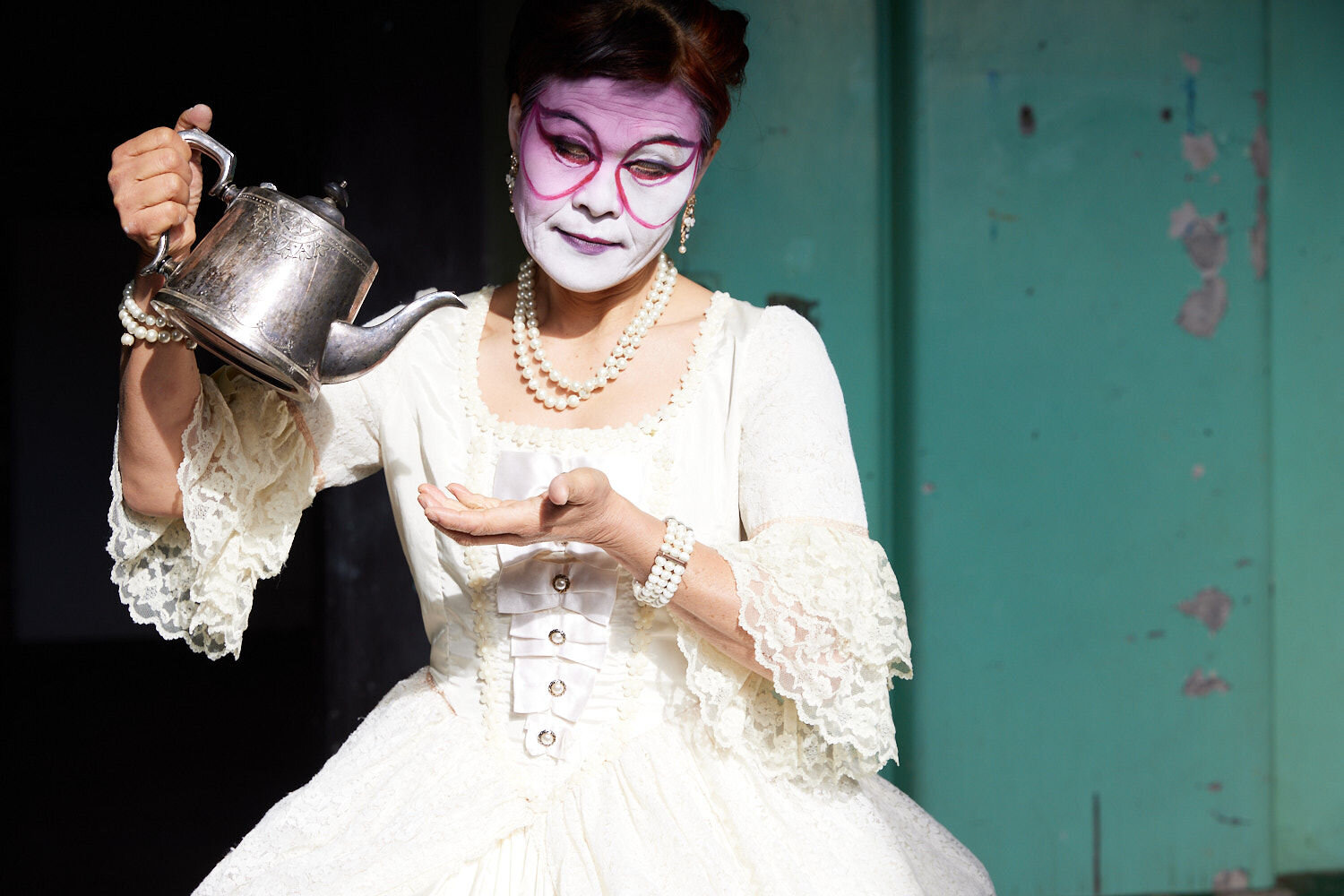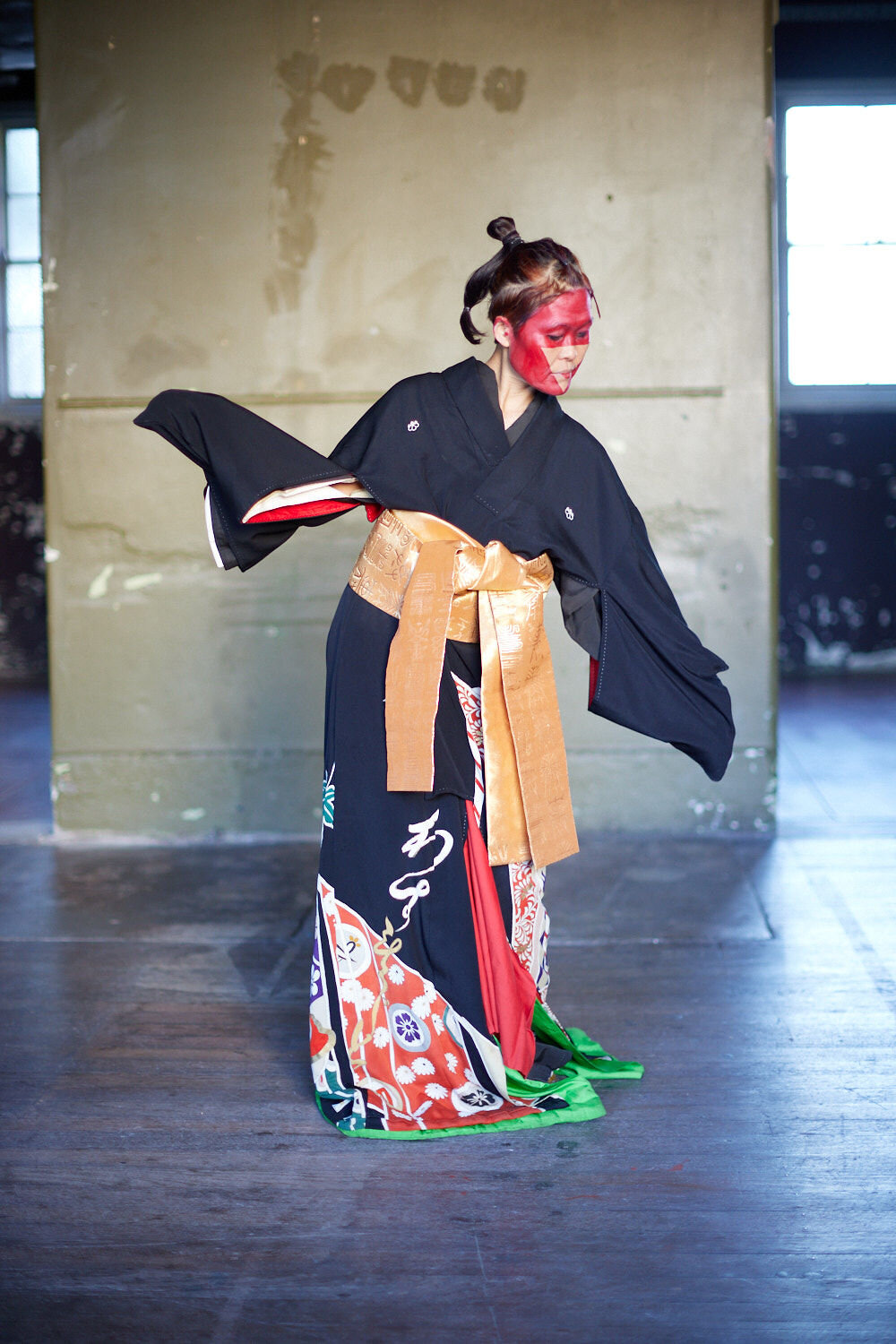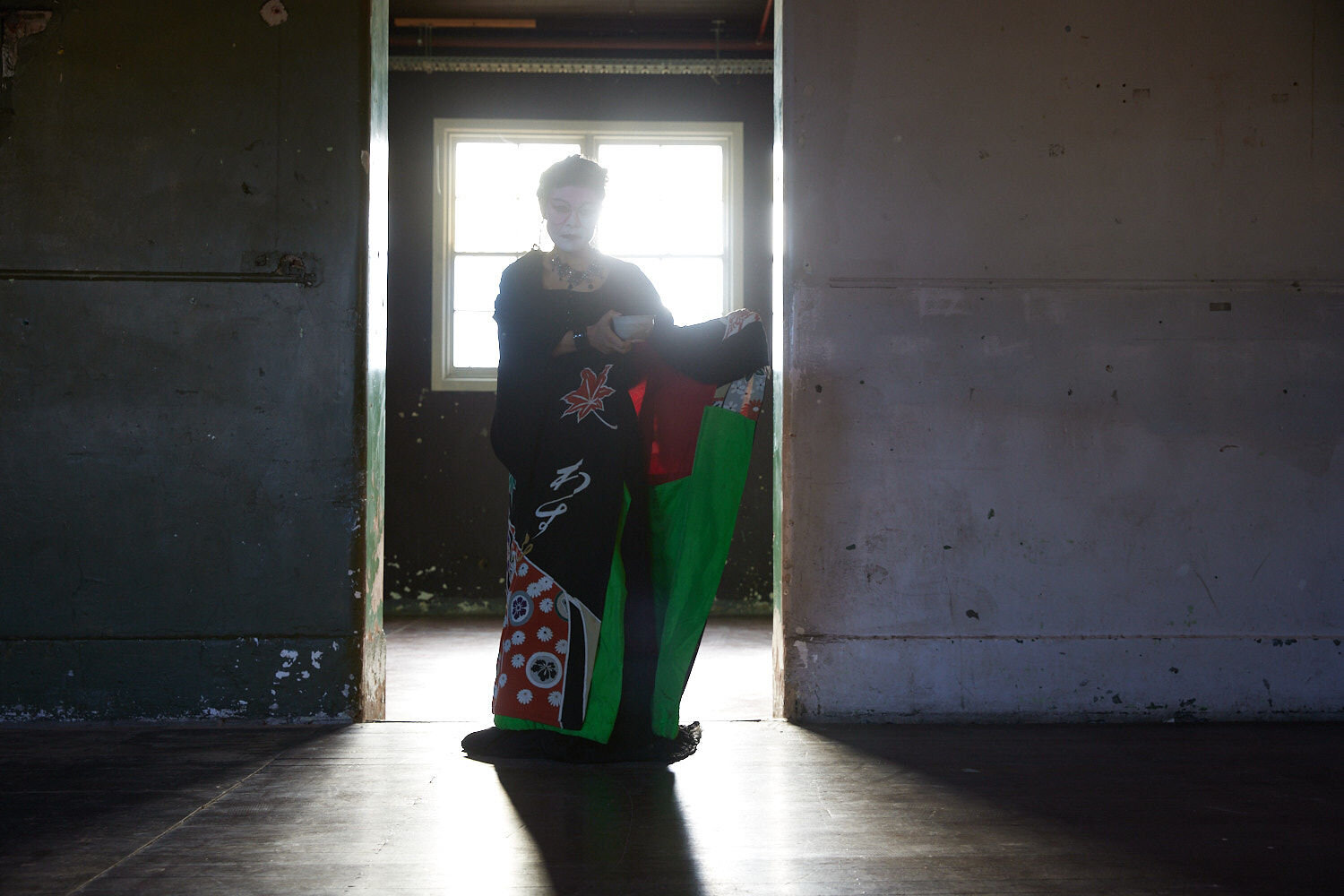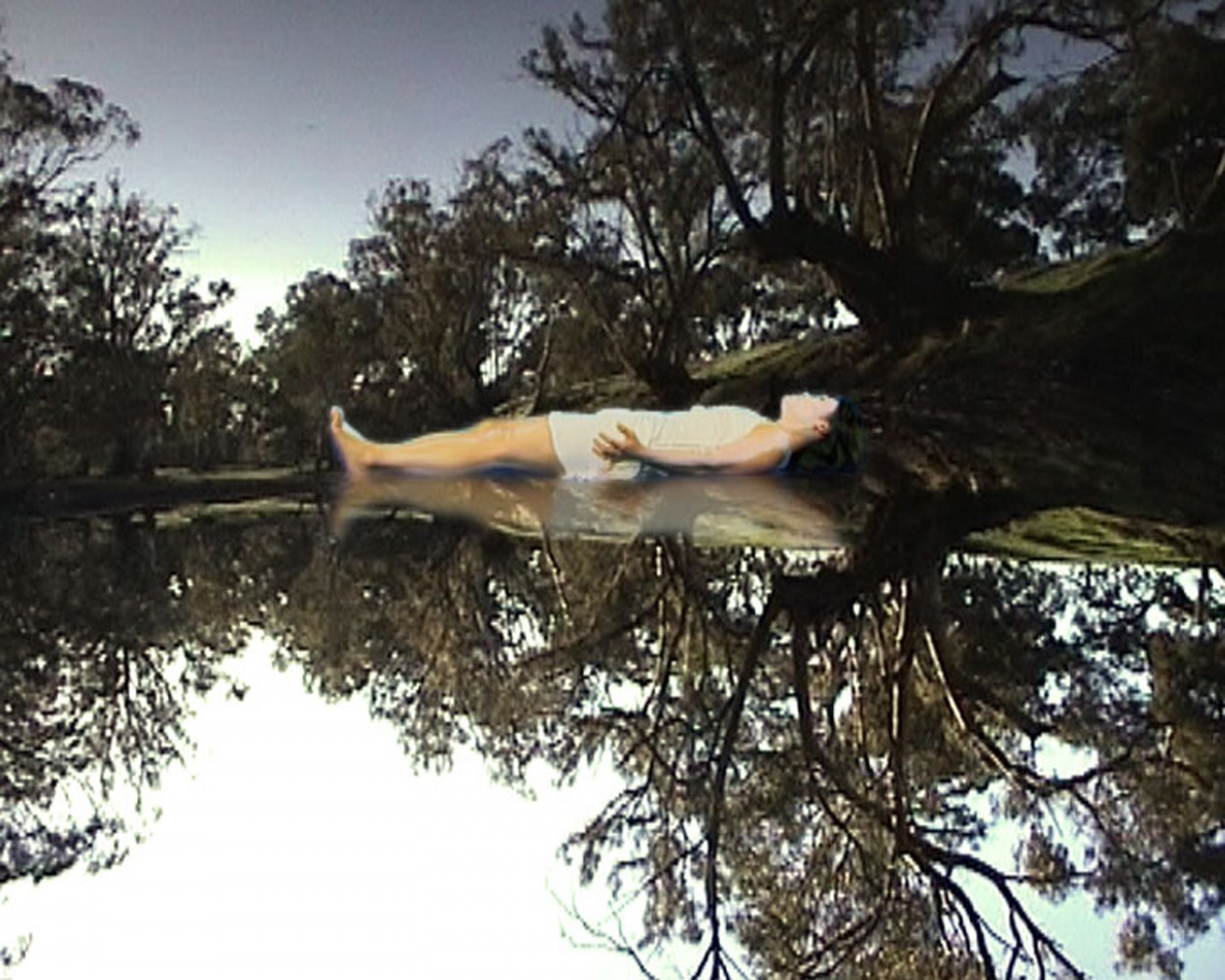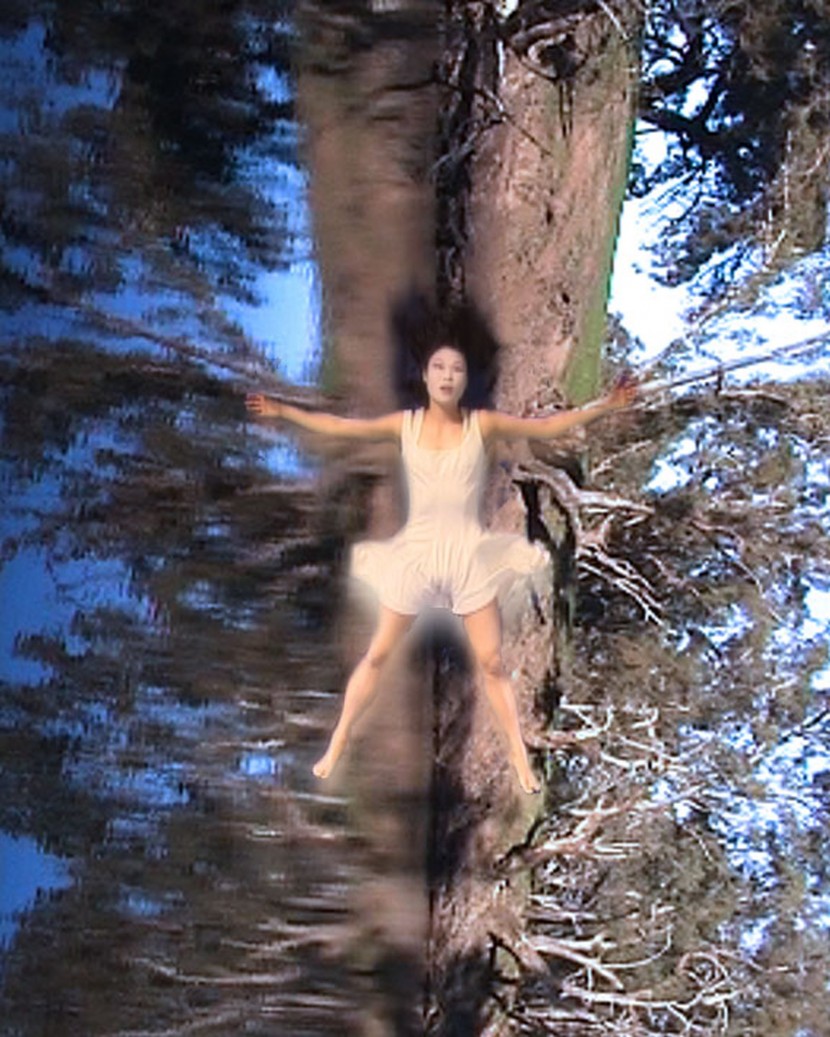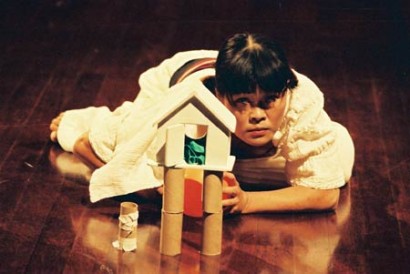Buried TeaBowl a new solo work in progress 2021
Yumi is creating a new solo work Buried TeaBowl, an interdisciplinary work with dance, text, song and poetry, inspired by Japanese female dancer/shaman, Okuni in 1600’s. The work in progress was completed in Aug 2021, and will be premiered in a live and digital performance in 2022.
photo by Vikk Shayen
Yumi's new solo work Buried TeaBowl, a work in progress, Aug 2021
Buried Tea Bowl is a new solo interdisciplinary work in development by Yumi Umiumare, bringing together dance, text, song and poetry with tea ceremony to create an intimate and epic work with both live and digital iterations.
Buried Tea Bowl channels the character of Okuni, a Japanese female shaman who initiated Kabuki during the Edo period (1600s). Kabuki comes from the word ‘Kabuku’, meaning bent or out of the ordinary, and was regarded as a subversive non-art form, passionately expressing ugliness and beauty. Later women were banned from performing Kabuki – the male performers who took over the art form can be seen as the first Japanese Drag Queens. Even though she was one of the most powerful female figures in theatre history, not many people know about Okuni, even in Japan.
Combining Yumi’s practice of Japanese tea ceremony, which flourished at the same period as Okuni was alive, she is choosing the ‘tea bowl’ as a creative metaphor of precious sacred female power which was buried under history.
Creative Team for Creative Development 2021
Created and Performed by Yumi Umiumare
In collaboration with
Cinematographer/ Editor : Takeshi Kondo
Composer/ Sound Designer : Dan West
Dramaturg : Maude Davey
Provocateur : Moira Finucane
Vocal Artist : Emma Bathgate
Shamisen Artist : Noriko Tadano
Photographer : Vikk Shayen
Producer : Kath Papas productions
This project has been assisted by
The Australian Government through the Australia Council for the Arts, its arts funding and advisory body
City of Darebin, Cultural Infrastructure Grants
Abbotsford Convent Foundation, Pivot 2021
Sunrise at Midnight
"Sunrise at Midnight" (2002) is both a documentary portrait of Yumi Umiumare, a contemporary Japanese / Australian Butoh dancer, and a Japanese Ghost story set in the Australian Desert. Filmmaker Sean O'Brien and Butoh Dancer Yumi Umiumare make an expedition into the desert to experience and exorcise Noriko's lost soul.
“Sunrise at Midnight” (2002) is both a documentary portrait of Yumi Umiumare, a contemporary Japanese / Australian Butoh dancer, and a Japanese Ghost story set in the Australian Desert. Filmmaker Sean O’Brien and Butoh Dancer Yumi Umiumare make an expedition into the desert to experience and exorcise Noriko’s lost soul.
“The film is inspired by an historic photograph of a troupe of Japanese female performers who toured outback towns at the turn of the 20th century, and the tale of one of those performers, Noriko, who wandered into the desert and never came back. The photograph captures an unusual moment in Australian history when Japanese culture unexpectedly touched it. The photo is a formal portrait of four Japanese women who toured outback towns in the early 1900s. The women are known as karayuki-san, “women who work in a foreign land”, imported to entertain locals and itinerant Asian workers. Fascinated by this weird blend of Japanese exotica and Australiana, Yumi and I used this photo as a creative key, integral to the establishment of the character, the choreography, and the imagined story which takes place beyond the edge of the tableau. Influences include Japanese ghost stories, and Australian tales of naive innocents lost in the bush.
Both Yumi and I are drawn to the Australian landscape, Yumi as a performer and myself as a photographer, and the film’s narrative gave us the chance to journey inland. The landscape is used as a vast theatre for the performance, with Yumi carefully blocked within the “natural ikebana” – strange and abstract arrangements of wood, earth, stone, and sand.
While Yumi’s background is in Butoh, the performance also refers to the restrained minimalism of Noh theatre, and traditional Japanese folk dance.
The stylized nature of the drama and the stark quality of the locations leant itself to black and white. A primary influence was the work of Eikoh Hosoe, one of the first photographers to collaborate with Butoh performers in the field. Reflecting the cross cultural nature of the project, the filmic style pays reference to both Japanese cinema, specifically the films of Mizoguchi, and local cinema of the 1940s & 50s, (“Back of Beyond”, “Jedda” etc), particularly in its tonal depiction of the distinctive Australian light in the landscape.”
Director: Sean O’Brien
Choreographer: Yumi Umiumare
Performers: Yumi Umiumare & Tony Yap
Music: Satsuki Odamura, Anne Norman, Kazumichi Grime
Photography Sean O’Brien & Simon Von Wolkenstein
Editing: Nick Meyers
Production: Sean O’Brien
Film Awards:
Clermont-Ferrand International Short Film Festival 2002
Sydney Asia Pacific Film Festival 2002
Sakasama
Sakasama: the reverse world. The two worlds of Life and Death are described as two shores; one is ‘the near shore’ (the world of the living), and the other is ‘the far shore’ (the world of after-death). A river flows between them. ‘The far shore’ is a reversed world: it is the reverse of the world of the living and everything is upside down.
Artist Statement
The original inspiration of this work came from the ancient Japanese belief in Sakasama: the reverse world. The two worlds of Life and Death are described as two shores; one is ‘the near shore’ (the world of the living), and the other is ‘the far shore’ (the world of after-death). A river flows between them.
‘The far shore’ is a reversed world: it is the reverse of the world of the living and everything is upside down. I explore the juxtaposition of my presence in Australia, experimenting with the neutrality of emotion and colour, and to manipulate rhythms.
I am in the maze.
I am wandering around the space between,
crossing the shores between here and there.
The world here looks normal and the world here looks abnormal.
The world there looks abnormal and the world there looks normal.
I am surrounded by these unknown voids.
The void creates some fluid and transparent shapes.
I dive into them and they disappear.
Dual, triple, multiple existences of my body floats here and there.
I keep wandering this unknown space between.
Credits
Media Art by Bambang Nurcahyadi
Original Video and Sound edited by Bambang Nurcahyadi and Ian Corcoran
Original Videography by Richard Back, Anthony Pelchen and Yumi Umiumare
Reviews
(The work is) bringing out a strong and weirdly accessible work, in which caricature is often an entrance door for a psychic depth of despair, loneliness, social world and nocturne world -constantly reminding us that obscurity pervades the trivial beauty of daily life-.
Idanca.net online review, by Sheila Ribeiro 2010
PERFORMance history
2009Sakasama(multimedia performance) in Pulse, @ Rooftop in Melbourne
2009Sakasama-reversed world(solo dance short work), I-DANCE Festival Hong Ko
2007Sakasama(collaboration with Bambang Nurcahyadi) Exhibited in OzAsia Festival at Arts Space in Adelaide Festival Centre
Digital image by Bambang N Karim
Dis-oriental
Using everyday objects as metaphors of ‘loss’, while also collecting residential memories defined by a psycho-emotional space, Yumi takes on the notion of ‘oriental’ in the context of moving and living in “foreign” spaces. The work explores the cracks and spaces between disorientation / destruction & attraction / familiarities.
Winner of ReelDance International Dance On Screen Festival (2008)
Using everyday objects as metaphors of ‘loss’, while also collecting residential memories defined by a psycho-emotional space, Yumi takes on the notion of ‘oriental’ in the context of moving and living in “foreign” spaces. The work explores the cracks and spaces between disorientation / destruction & attraction / familiarities.
Inspired by Japanese architect Shigeru Ban’s emergency cardboard tubing house, Yumi explores the notion that a house, usually an object of permanence, could be specifically designed to provide momentary comfort.
Choreographed and Performed by Yumi Umiumare
Sound Design: Cat Hope
Lighting Design: Richard Vabre
Produced by Hirano Production
This work premiered at Performance Space as a part of Rakini Devi’s project, Women in Transit in 2004.
PERFORMANCE HISTORY
2007 SeptemberTheatre, Adelaide Festival Centre, OzAsia Festival
2006 OctoberSpring Dance program at Dancehouse
2004 July as a premier season of Woman in Transit
Film Project
Choreographed and Performed by Yumi Umiumare
Director Sean O'Brien
Writers Sean O'Brien Yumi Umiumare
Sound designer Darrin Verhagen
Producer Beth Frey
Production Company
Australian Broadcasting Corporation Arts Council of England Australia Council for the Arts Channel Four International Circe Films Pty Ltd
REVIEWS
“….Yumi Umiumare does incredibly intense solo in which her Japanese heritage and butoh dance background provide an irresistible focus for small actions on personal or domestic themes that hint at larger concerns……The transformations is riveting, powered by the knowledge that visual is built on layers of psychological and emotional considerations.”
Sydney Morning Herald 2004
Photo by Heidrun Lohr
